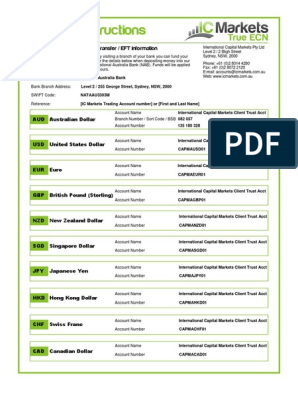0% found this document useful (0 votes)
81 views32 pagesLec 8
$50,000
Loans $50,000 deposits
Property $240,000 Stock shares $250,000
1) Commercial banks perform functions like accepting deposits, granting loans, and providing payment services.
2) Banks can create money through lending activities as loans generate new deposits.
3) Banks are vulnerable to runs or panics if many depositors try to withdraw funds simultaneously due to lack of confidence.
Uploaded by
Zahid NazirCopyright
© Attribution Non-Commercial (BY-NC)
We take content rights seriously. If you suspect this is your content, claim it here.
Available Formats
Download as PPTX, PDF, TXT or read online on Scribd
0% found this document useful (0 votes)
81 views32 pagesLec 8
$50,000
Loans $50,000 deposits
Property $240,000 Stock shares $250,000
1) Commercial banks perform functions like accepting deposits, granting loans, and providing payment services.
2) Banks can create money through lending activities as loans generate new deposits.
3) Banks are vulnerable to runs or panics if many depositors try to withdraw funds simultaneously due to lack of confidence.
Uploaded by
Zahid NazirCopyright
© Attribution Non-Commercial (BY-NC)
We take content rights seriously. If you suspect this is your content, claim it here.
Available Formats
Download as PPTX, PDF, TXT or read online on Scribd
/ 32
























































































